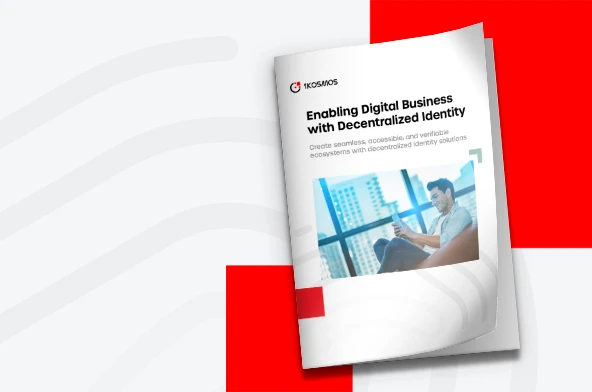Where Lies the Future of Blockchain?
The skeptics are taking over! Well, it certainly sounds like it when reading what the mainstream media have to say about Blockchain technology. Some do not hesitate to see it as the biggest hoax ever, greater than the 17-minute black and white film showing the autopsy of the Roswell alien that was recovered near a New Mexico ranch in 1947. Others consider that Blockchain represents an immense waste of energy and resources that should definitely put to shame the Company of Scotland Trading to Africa and the Indies that raised funds at the end of the 17th century to establish the forerunner to the Panama Canal… To all believers in Blockchain technology out there, thank God for TechCrunch and CoinDesk.
There is a tacit tug of war between the strong supporters of public Blockchain networks and those who rout for private or permissioned Blockchains. The purists make the first group (their detractors would rather refer to them as “the fundamentalists”), whereas private Blockchain fans tend to strive for pragmatism. And this tug of war pertains to the main fundamental of Blockchain technology: A true (peer-to-peer) decentralized system.
No one in particular has authority over a public Blockchain. It is open source and available or accessible to anyone. Moreover, anybody can be part of the mining process, which consists in solving a complex algorithm to validate a data that is pushed to the Blockchain. Thus, anyone can at any point in time join or leave the network as well as read, write and audit the system. By auditing the system, I refer to the ability a user has to watch the feed inherent to a block or a transaction, see the transactions history of a given address (user), and see the input and output of transactions, among a few other possibilities. Any change to the system is brought to the attention of its users and a vote decides of the realization of the alteration.
A private Blockchain is viewed as the total opposite of a public Blockchain in the sense that a private Blockchain is not open to anybody. A participant must indeed have been granted permission to interact (read, write) with a private Blockchain. Furthermore, there is an authority, who oversees the entire system. This authority or owner is most likely a business entity, that has a significant stake in the network and therefore is pre-selected to solve the algorithm that validates data written in the Blockchain. This is the reason the purists invoke to argument that a private Blockchain is not decentralized and therefore should just be called a distributed ledger or database with cryptography to secure it.
Even though in reality a private Blockchain is not that ‘blockchainy’ after all, this type of network carries advantages that will certainly count in the near future regarding the full-on adoption of the technology. Because smaller in size, a private Blockchain network is much faster and much cheaper, since one doesn’t have to spend an enormous amount of energy, time and money to reach a consensus (mining) in this ecosystem. When you know that the electricity that will be required to mine the newly issued Bitcoins in 2020 is equivalent to the consumption of electricity of Ireland for an entire year, it certainly makes you think about the mid-term viability of public Blockchains.
